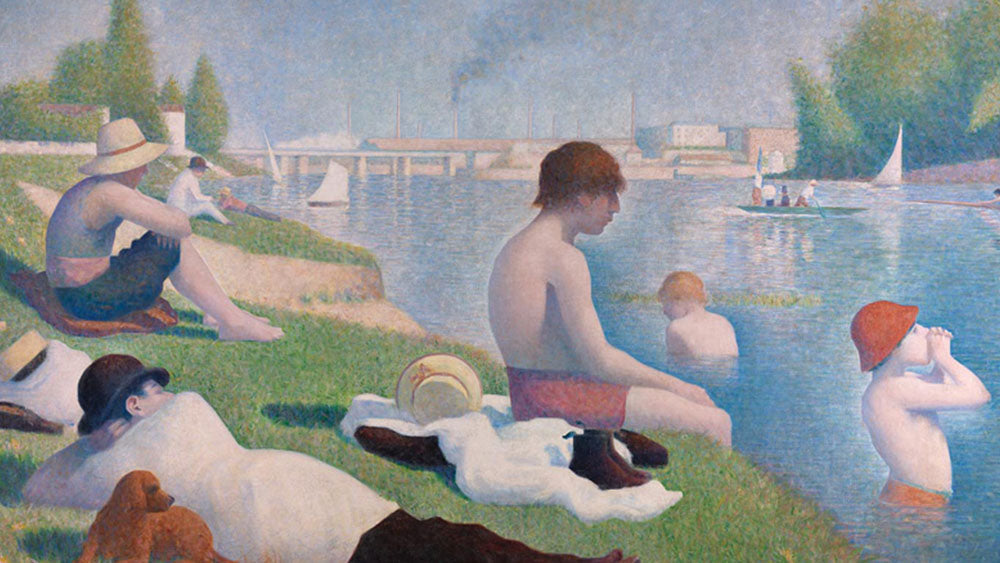Doing research for my corporate IT job I searched for ‘top ten books on information technology’
Every so often we get odd little surprises, which are no surprise at all. In the top five were the following: Digital Minimalism: Choosing a Focused Life in a Noisy World and How to Do Nothing: Resisting the Attention Economy.
I almost heard a little toot of triumph as this was something that I have been thinking about a lot. Especially at this time of year of planning and resolution, how can I find more time to do nothing. To plan and work hard to find peace and quiet.
The blurb for both books (or the much better word ‘bumf’) speaks of the ‘rebellion’ of doing nothing and a ‘manifesto’ for dropping out of the ‘attention economy’ This all sounded a bit overwrought, yet it chimed with something I had been trying to express. My last newsletter had talked about allowing yourself to be ‘bored’ and I worried I had overthought on this idea.
To be bored is often a sign of not being engaged and this can be a negative. What I was talking about was active mindfulness. We seem to be held hostage by distraction and its draining on our attention and mental health.
To then notice that it’s not necessarily our fault that we are constantly distracted is worth being aware of. These two books demonstrated (to me) it’s a common idea.
https://www.theguardian.com/lifeandstyle/2019/apr/02/jenny-odell-how-to-do-nothing-attention
One of the greatest achievements over Christmas was knitting a tension square in DK with 4.5mm needles. A fairly standard knitting task, but for me it was a milestone. I was pleased that I found the flow to quickly move from casting-on to stocking stitch. I was completely unaware of the time that had passed or even how many rows I was on, when I noticed my rows of knitting curling up. Tilde told me this was common and suggested I switch to alternate stitch such as a broken rib. What might have been a bit of a challenge was in fact just a new route to go down, to enjoy the new rhythm and watch the texture appear in my rows.
My knitting pal in work put it rather well when I boasted of my new effortless knitting ‘It's cos you had a good run at it’ she said. I agreed and took this as meaning I had time to sit and get into a ‘flow’
It’s the pursuit of doing nothing, of recognising the calmness and pushing away distractions (so much so that boredom is allowed to happen that also) allows the space to achieve a ‘flow’.
It could be said to have a eastern philosophy feel to it, something that has been interpreted from Confucious or Laozi. In fact it does, the Harvard professor Michael Puett wrote a book called ‘The Path’ which tries to distill this idea of living in the every day and engaging in the small simple tasks mindfully that allows us to get to a happier, properly productive place.
The point is that it’s a counterintuitive idea to the current accepted wisdom of being defined by our productivity, our job, and how successful we are.
I suspect our ancestors and even grandparents found themselves in this state of ‘flow’ often, the pre-tv era tasks of crafting, knitting, writing would have passed many hours focused on one thing and less prone to distractions.
Betsan Corkhill makes the concept of ‘flow’ a central tenet in her study and book ‘Knit for health and Wellness’ As a new knitter it is tricky to get to this stage but is an important part of knitting at least for me. You have to knit regularly, and you have to find the repetitive, meditative quality of knitting so you ‘stop thinking’ This is when you hit a flow state.
‘Flow’ is when you are most productive because you are ‘effortlessly focussed’ Its not a task you have to grind out to tick off your daily list, but rather something you do when you have no task list at all.
Or at the very least make time to do nothing.

